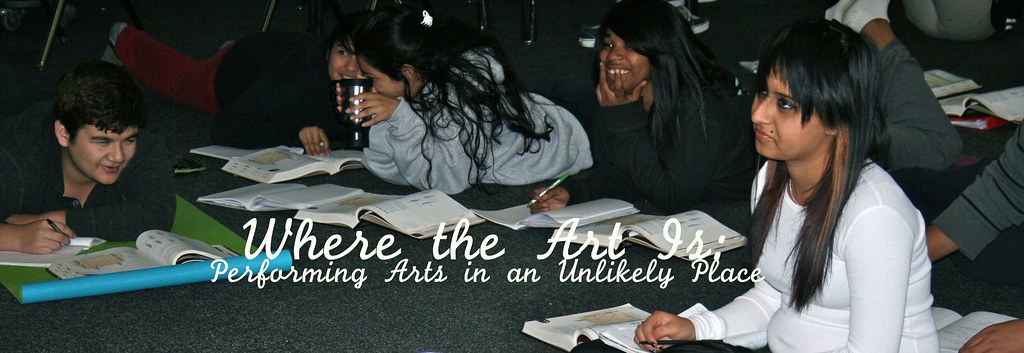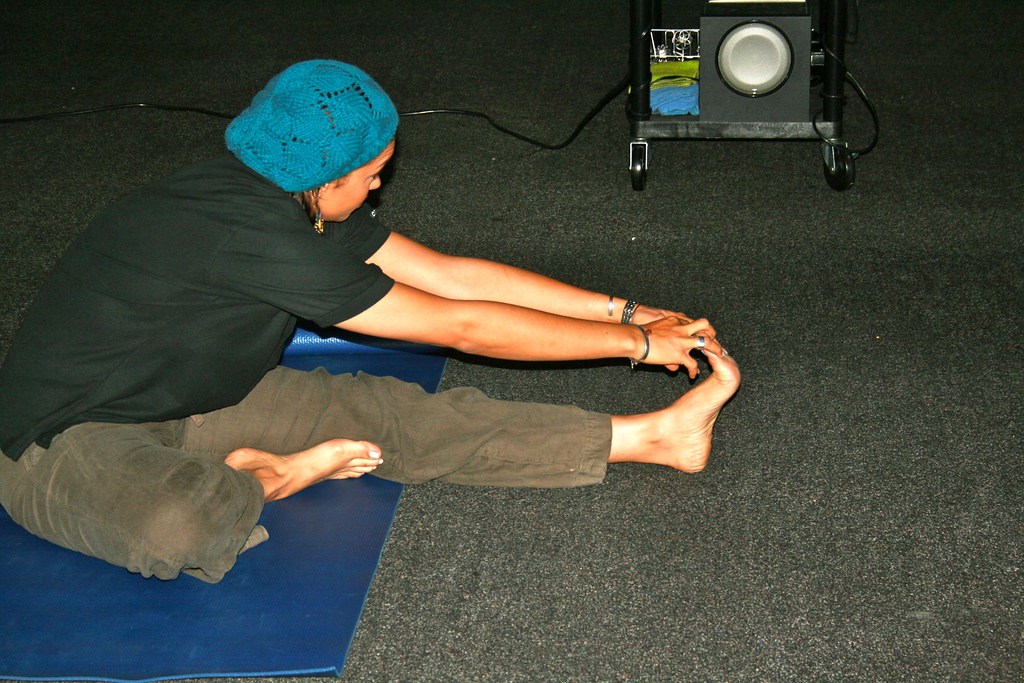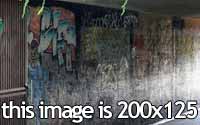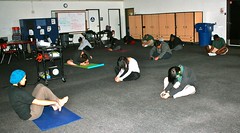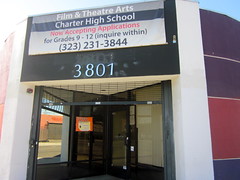Get to know the students
Get to know the drama students of the Film and Theatre Charter School and their unique interests and passions.
Thumbnail file name should be: lastname-tzr.jpg EX: hernandez-tzr.jpg et semper magna laoreet at. Fusce pulvinar, neque non rutrum accumsan, mi sapien vulputate orci, vel sollicitudin neque lorem non lectus. Nullam justo est, tincidunt in suscipit sit amet, mollis at justo.
Nulla facilisi. Nullam vestibulum condimentum turpis, et semper magna laoreet at. Fusce pulvinar, neque non rutrum accumsan, mi sapien vulputate orci, vel sollicitudin neque lorem non lectus. Nullam justo est, tincidunt in suscipit sit amet, mollis at justo.
Nulla facilisi. Nullam vestibulum condimentum turpis, et semper magna laoreet at. Fusce pulvinar, neque non rutrum accumsan, mi sapien vulputate orci, vel sollicitudin neque lorem non lectus. Nullam justo est, tincidunt in suscipit sit amet, mollis at justo.
Yoga, guitar lessons, comic book creation and theatre. No, it’s not summer camp; it’s the Film and Theatre Arts Charter High School in South Los Angeles, where creativity has found an unexpected home in this inner-city neighborhood.
But the journey of this small, enterprising school has been anything but simple. The program was once a part of nearby Jefferson High School and had a stronger focus solely on film and theatre. In 2004, however, race riots between hundreds of Latino and African American students at Jefferson High threatened to tear the program apart.
“The parents were fed up,” said Steve Bachran, the charter school’s principal.
Finally, the program moved into the small, distinctive red and purple building on South Broadway Street that it occupies today, where the school has been able to gain autonomy and move in a new direction.
The charter school is now organized in a “big picture” style, where students choose a major to focus on throughout their four years, pursuing internships in that area and working on individual projects with their teachers serving as project advisors.
“A student may say, ‘I’m interested in medicine; how do I look at history differently? Can I find things in history and literature that dovetail off of my interests?’” explained Bachran.
For example, one student’s passion for bicycles led to an internship at an architecture firm and a project creating a more bike-friendly culture in the South Los Angeles area.
With its newfound focus, the role of theatre and performing arts within the school has changed. Administrators see it as a way to develop important life skills, but not necessarily as the sole educational focus.
“It’s not just teaching the kids how to be entertainers,” said Nicole Nicodemus, vice principal and drama teacher at the school. “We’re not teaching how to go off and become a Disney star.”
Theatre is now a four-hour elective block on Tuesdays and Thursdays at the same time as science classes, guitar lessons and comic book class. Bachran said they are also brainstorming a new, more general name for the school, which will likely be introduced next year.
Nicodemus structures her classes as a combination of theatre history and performance, but the lessons extend beyond the stage. The organization of the class encourages teamwork as well as an emphasis on memorization, breathing techniques and body movement.
The semester began with monologues, then moved on to partner scene work, and will finish with a short Luis Valdez play, titled “No saco nada de la escuela,” which roughly translates to “I don’t get anything out of school.”
“At Jefferson I wasn’t allowed to do Luis Valdez because I’m not Latina or African American,” said Nicodemus.
Now, she plans to use the racially charged play as the class’s final production, with students taking on various responsibilities including costume and set design as well as acting. She says that she will be doing blind casting, so race will not be a factor in her decision despite the key role that ethnicity plays in the piece.
“It’s good for them. It’s meant to be controversial; it makes people think,” said Nicodemus of her choice of a Valdez play.
During their first read-through, Spanish-fluent students helped the non-Spanish speakers with the foreign phrases scattered throughout the piece.
“We have some English learners and some students with disabilities, which is a unique challenge in an inner-city school,” said Nicodemus.
Nicodemus said she uses differentiation to tailor assignments for the various learning levels in the class, which has students in all four grades. For example, she will provide essay prompts of two different complexities and students choose the one that they feel most comfortable with. She also uses color-coding on the board as a tool for comprehension and association.
While theatre plays a less fundamental role at the school than it once did, for some students its effects remain lasting.
Jatziry Callejes, 18, came to the U.S. from Mexico four years ago with no experience in theatre and a fear of public speaking. When she found out she would have to make a final presentation each semester in front of her class as a part of “exhibitions”, she knew something had to change.
“To me, that was terrifying,” said Callejes. “I couldn’t stand there and look at people looking at me.”
Nicodemus suggested she take theatre classes, and in Callejes’ four years at the charter school, the drama teacher worked with her individually on each of her monologues to improve her diction and public speaking skills.
While Callejes was taught English at her school in Mexico, she said her accent when presenting her monologues was almost unintelligible. Now, Callejes’ vernacular English has improved dramatically, and she plans to further her education in a university theatre program next year.
“It’s something I really want to do,” said Callejes. “It’s not, ‘I want to be a Hollywood star.’ I want to be able to perform. It doesn’t matter where.”

